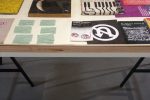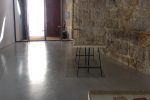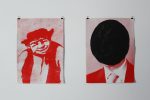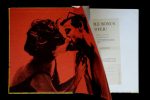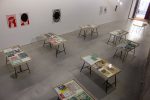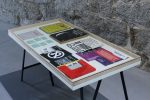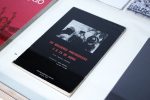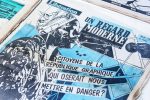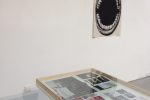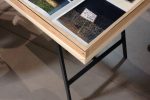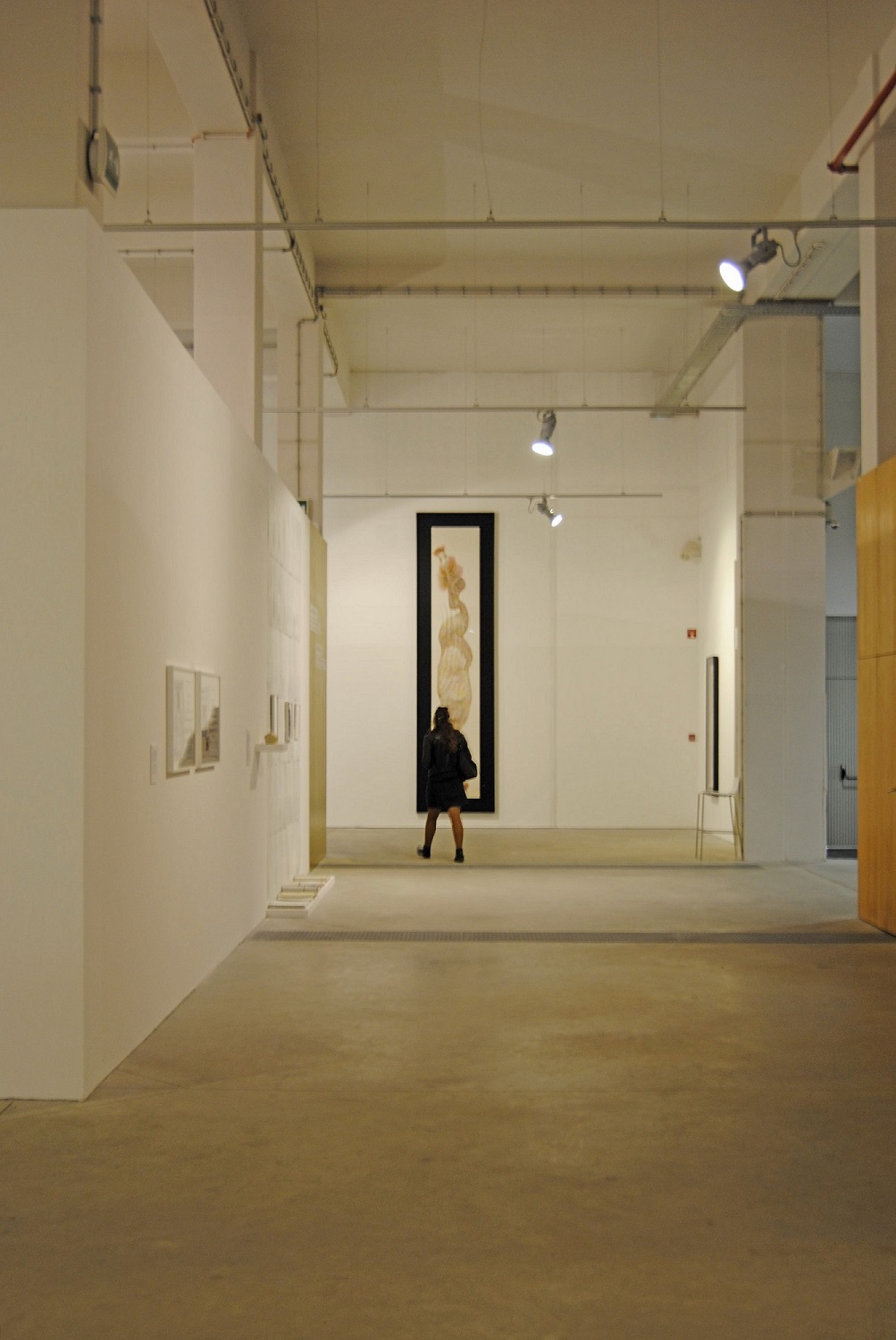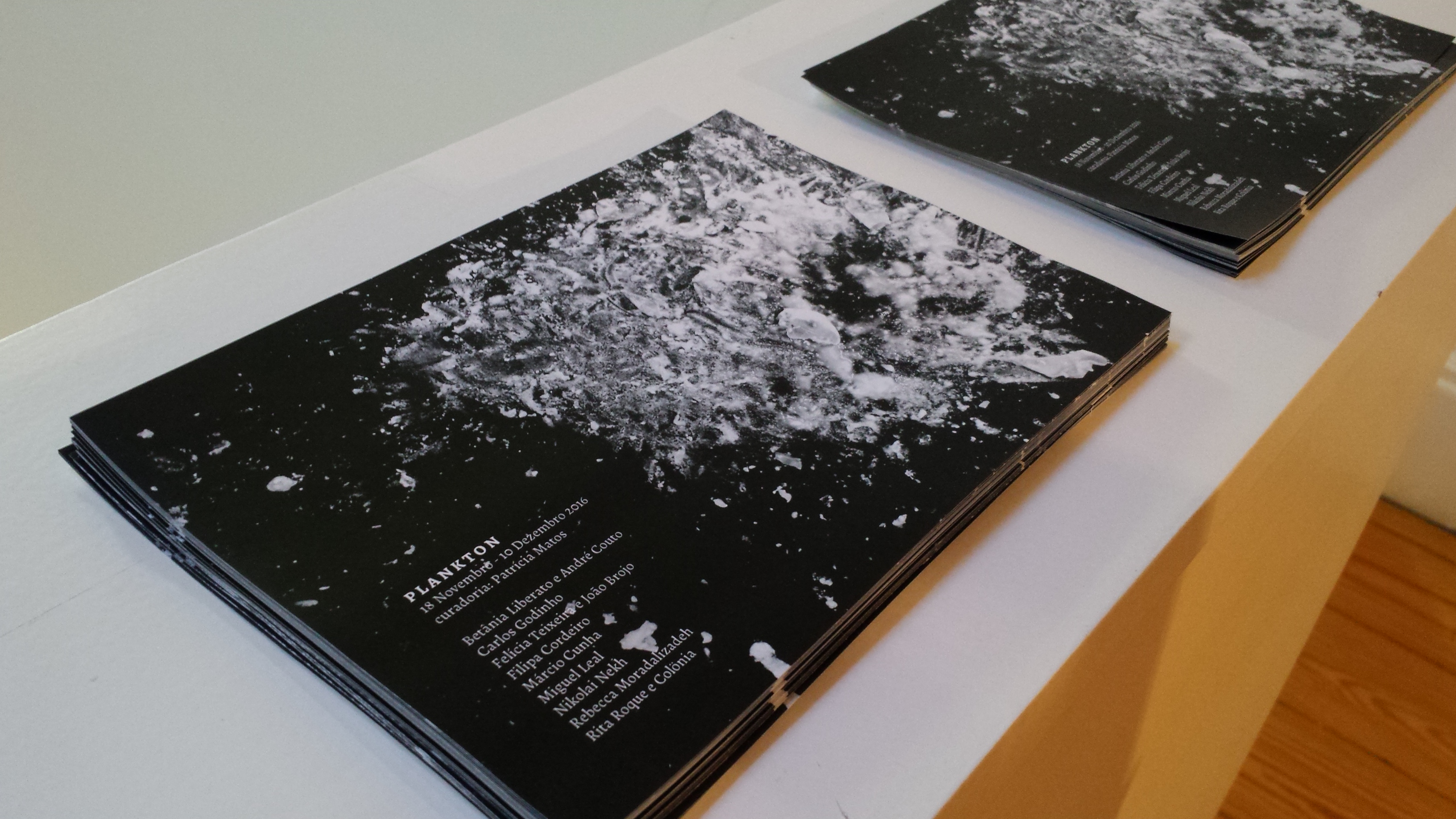Cultura
PÁGINAS INQUIETAS NO ESPAÇO MIRA
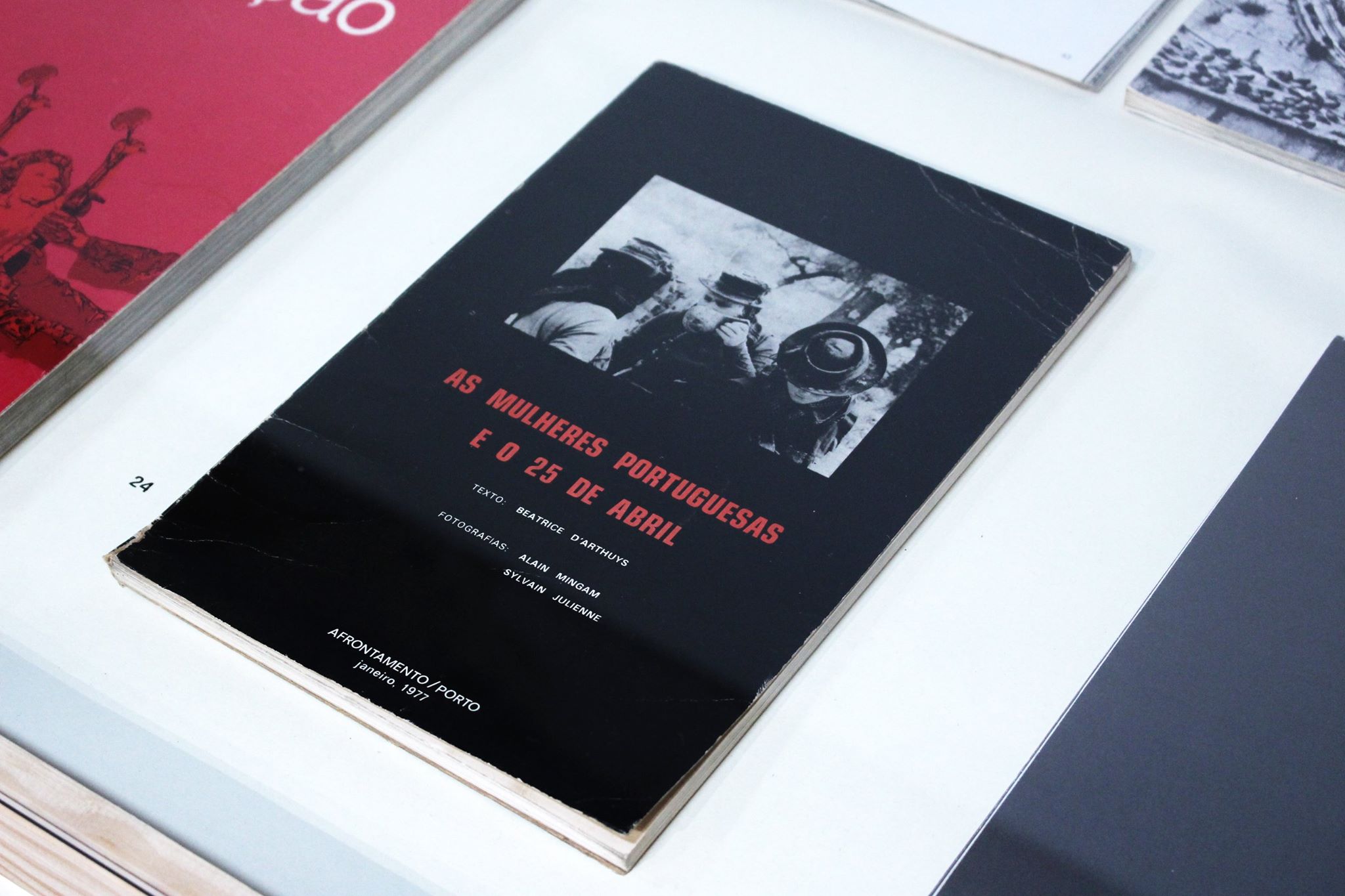
Glasses with bright red stains- if it is blood it is certainly fake- on black gedradé background, the cover of a small booklet called Implosion. To the left- a number of small blue stamped tickets, then a thick bright yellow magazine Eros, written in red letters, clashing with its yellow background. Next to it- another review, The Last Whole Earth Catalog, planet Earth plunging into the darkness. The font reminding of American seventy’s science fiction films, Beneath the Planet of the Apes and many others. All these magazines come from the generations of 60’s and 70’s.
Today we may find these publications quite ordinary; if it was not for the Perspex glass protecting us from picking one and looking through the pages, we could picture these magazines at the library, back at the day. But the name of the exhibition- Páginas Inquietas: Sobre documentos insubmissidos– suggests quite the opposite. These were restless pages written by restless people; they were not and could not appear on bookstands. Their transmission was prosecuted by the law, the contents- sexuality, counter culture, art, frivolous ideas- were censured.
If one continues the visit the content becomes more clear- at the next table one may recognize Buraco, the journal of Porto, with its impressive graphics and color decisions, or again o Espelho, ordinary in format wall newspaper, but distinguished for its contents. Both were a response to the quotidian politics of Portugal and Europe, witty and engaging pages. Or again, some may recognize the glossy pink cover of French Internationale Situationnistes, briefly seen in films of Nouvelle Vague.
However familiar some of these reviews may seem, it is advisable to accompany the visit with explanatory leaflet. Written by curators Mário Moura and Susana Gaudêncio, it provides guidance- often good humored- in tune with the reviews themselves. These texts may explain how the French design of Situationist reviews has influenced the British nuclei, why their subversive advertisements and erotic imagery was important and how the collaboration with American Motherfuckers got English collaborators expulsed from Situationist movement.
Advancing further are, probably, the most touching nuclei- “Revolution, Happiness, Disillusion”. Here we find Mulheres Portuguesas e o 25 Abril, a book that follows the record of female emancipation after the Revolution. Next are the texts of José Dias Coelho, A Resistência em Portugal and Eu o povo, a small booklet of poetry. Having been published shortly after the revolution, these editions provide us the immediacy of post-revolutionary soar together with inevitable bitterness.
Through the pages we access to the most ephemeral records- photos, letters, graffiti and mottos. Through the pages- because even though all these magazines and reviews are encaged, secured,- curators have prepared a video, in color, a glance inside the journals, where pages are turned, sharing (or is it teasing?) their contents with us.
The walls of the gallery space were not left blank- a series of posters from 2012 by Arara and Fontinha collectives offer their own idea of graphical communication and underline a translucent idea of the exhibition that argues an innocent belief we still keep today: that our political views are not influenced by the visual record, that revolution of society cannot start with revolution of design, that we are left untouched by exciting print. Far from being an encyclopedic overview of underground publications, Páginas Inquietas offer us a choice: to walk through the space and appreciate what these publications have to offer to the eye; to learn about the political and social issues of the 60’s, the 70’s and today; or to do both and draw one’s own conclusion.
- © Espaço Mira
- © Espaço Mira
- © Espaço Mira
- © Espaço Mira
- © Espaço Mira
- © Espaço Mira

